|
So with Thanksgiving at hand, I decided to take a look into what was happening in my hometown of Frederick, Maryland for the "Turkey Day" back this week, 150 years ago. According to my calculations, that puts us into the third week of November, 1873. Jacob Engelbrecht (b. 1797) was alive and well at this time. I immediately decided to consult his legendary diary, the greatest single, documentary of our city's rich history (kept from 1819 until the author's death in 1878). This would be a particularly sad time for Jacob, as he lost his wife, Eliza, at the very end of 1872. He would move from his home on West Patrick Street to that of his son Phillip on South Market Street only a few blocks from Mount Olivet's front gate the previous May. This would be his first Thanksgiving as a widower, and away from his longtime home next to the Carroll Creek, (and across from the original site of the Barbara Fritchie house). Outside of that, it was a quiet year that saw Ulysses S. Grant start his second term as U.S. President. Jacob commented on March 4th (the time of Grant's inauguration) that he hoped that Grant "would conduct himself as he had done in his first four years, and we'll be alright." He went on to write, "I think he managed as well taking all in all as good as a man possibly could. He's a good President." On the local level, the big news of the year was the corporation's decision to replace the old Market House, dating from 1769. This landmark on North Market Street was home to municipal government and would be replaced with a commodious building of brick at a cost of $8,000. The size and scope of the project necessitated additional properties on both sides, and behind, to be purchased. The demolition occurred in spring of 1873. Throughout the summer, residents saw the new structure, which would include a theater on the backside to accommodate lectures, concerts and theatrical productions, take shape. Of course this would become the City Opera House. I found Engelbrecht's diary entry of September 8th to be very ironic based on the structure's current use 150 years later: "New City Hall & Market House - On Saturday last September 6, 1873 the masons finished the brickwork on the above building, and on the strength of it, they had two kegs of "lager bier" and basket full of cakes for all hands concerned." You know this locale today as the site of Brewer's Alley Restaurant. Thanksgiving was celebrated by the fabled Pilgrims and Indians of eastern Massachusetts in fall 1621. In 1873, the "holiday" was not a given as we have today, 252 years later. Proclamations by both the United States President and individual state governors actually had to be made to recognize these days as special and worthy of closing banks and businesses, while encouraging the citizenry to get into church and be "thankful" for their blessings. I researched the history going back to George Washington and the time of the Nation's founding to learn that Thanksgiving has been celebrated nationally on and off since 1789, with a proclamation by our first president after a request by Congress. President Thomas Jefferson chose not to observe the holiday, and its celebration was intermittent until President Abraham Lincoln, in 1863. Honest Abe proclaimed a national day of "Thanksgiving and Praise to our beneficent Father who dwelleth in the Heavens", calling on the American people to also, "with humble penitence for our national perverseness and disobedience ..... fervently implore the interposition of the Almighty hand to heal the wounds of the nation." Just remember this as you are watching the Lions and Cowboys tomorrow, or as you are carving the turkey. Lincoln declared a day of Thanksgiving to be held the last Thursday in November. On June 28th, 1870, President Ulysses S. Grant signed into law "The Holidays Act" that made Thanksgiving a yearly appointed federal holiday in Washington, D.C. On that last Friday of November, 1873, Jacob Engelbrecht would write in his diary: "Day of thanksgiving —Yesterday was Thanksgiving day by proclamation of President Grant and Governor Whyte of Maryland and was generally observed in our town. The different churches had divine service." In case you were curious, this practice of political proclamations would continue until 1885. Another irony of history because an act of Congress would thereby make Thanksgiving, and other federal holidays, a paid holiday for all federal workers throughout the United States. This legislation would be enacted on January 6th of that year (1885). Perhaps, that's a better way for all of us to remember the importance of January 6th—instead of another "questionable" narrative involving the capitol and congress on that day? Jacob Engelbrecht did not write anything more on that first Thanksgiving without his beloved Eliza. Studying this man, I'm sure he found plenty in life to be thankful for, as it had been a wonderful one thus far. And like George Bailey, where would historians, genealogists and others be without this great Fredericktonian who kept his diary from 1819 until his death in 1878. In addition to serving a term as Frederick mayor, he was more importantly a friend to many. Thanksgiving week of 1873 however had started off pretty unnerving. This was due to a fatal incident on West 6th Street that left a man dead. "Killed or murdered —Last evening a man (stranger) named John McCormick was struck with a "slug shot" by John Philby from which he died soon thereafter. It occurred in Sixth Street. Philby was released on bail ($200). The coroner's jury was that he was injured by the fall on the pavement." Jacob Engelbrecht Sunday, November 3rd, 1873 Who was this John Filby? Who was John McCormick? I immediately was intrigued when I learned that Mr. Philby (or Filby) was buried here in Mount Olivet in Area H/Lot 134 nearly four decades later. McCormick would be buried in a potter's field at Montevue, the county almshouse, north of town. Consulting the newspapers of the day, stories of this event could be found in papers involving the Baltimore Sun, Cumberland Daily News, and Montgomery County Sentinel. The local papers of the day, the Maryland Union and the Frederick Examiner gave a much more thorough account of events as you can imagine. 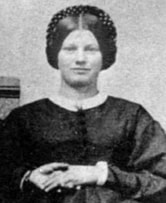 Jennie Wade (1843-1863) Jennie Wade (1843-1863) Just what more could I find out about John Filby, a man who, like our friend Jacob Engelbrecht, I clearly presume had an equally tough Thanksgiving in November of 1873? John J. A. Filby John Jacob Astor Filby was born March 24th, 1854. He was the son of Samuel Thaddeus Filby (1823-1886) and Mary Anna (Mulhorn) Filby (1836-1894). It appears that John's father was from the Gettysburg, Pennsylvania area originally. In fact, Samuel's sister, Mary Ann (Filby) Wade, was the mother of Gettysburg's most famous resident during the famed American Civil War. This was Mary Virginia "Jennie/Ginnie" Wade, who was killed by an errant bullet on July 3rd, 1863 while in the process of kneading bread. This would make Jennie/Ginnie our subject John's first cousin. Our cemetery records list Samuel Filby as a stagecoach driver, something I confirmed in the 1850 US Census as it showed him in residence at Keefer's Hotel on West Church and Court streets. The Filby's, interchangeably spelled Philby, lived on West Sixth Street in Frederick near the intersection with North Bentz Street. The 1860 Census record perhaps speaks a bit toward young John's upbringing. The family residence appears to have been a "Grog House." If you don't know what this is, it's a tavern or bar, with "grog" defined as spirits/alcohol. This locale is made even more colorful by the tenancy of one Ellen Banks, her profession listed as prostitute. Alrighty then! 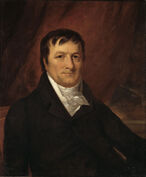 John Jacob Astor John Jacob Astor It was tough sledding to find out more about John Filby. As I gleaned a bit of his early life up until the day he literally knocked John McCormick's "lights out" in November of 1873 at age 19, one thing was definitely clear—his life would certainly not compare to that of his namesake John Jacob Astor (1763-1848). The German-born American businessman, merchant, real estate mogul, and investor died six years before John Filby's birth, and I have no idea why any parents would be so fond of the wealthy gentleman. This was a confusing name to give to a newborn because its well-known that Astor made his fortune in "sketchy" ways which included a fur trade monopoly, by smuggling opium into China, and by investing in real estate in and around New York City. He was the first prominent member of the Astor family and the first multi-millionaire in the United States. John Filby was only 11 years old when President Lincoln was assassinated and the Civil War ended in April of 1865. He can be found living at home on West Sixth Street in the 1870 census. John would marry his first wife, Miss Elizabeth Gerloch (Gerlach), in January, 1879. I found this woman, an immigrant, working as a domestic servant for wealthy mill owner and the Frederick Fair Board's first president, Gideon Bantz, in the 1870 census. Our subject likely worked as a laborer according to census records, and the few news articles I found. I had difficulty locating him in the 1880 Census, but located a person named John Philby of his age working alongside older brother Samuel at a horse livery on the north side of High Street in Baltimore. I was confused as to the whereabouts of the former Miss Gerloch, John's wife. I assume she could have died shortly after the marriage because I can't find her anywhere, including Mount Olivet. There was another instance of John Filby and a dead man in his path so to speak. One such story from the 1880s places him at the site of the water reservoir that used to be on West Seventh Street. Today this area is encompassed within Max Kehne Park. John J. A. Filby's parents are both buried here in Mount Olivet, but in different areas of the cemetery. Samuel passed just before Thanksgiving of 1886 (November 20th to be exact) and can be found in Area Q/Lot 218. Likewise, Annie (Linton) Filby died a week before Thanksgiving as well (on November 17th), 1894 making for another emotional Thanksgiving for our subject. Annie was laid to rest in Area H/lot 182. The 1890s are always problematic with a lack of the 1890 Census records, lost in a fire. I did not even come across any articles to bridge the gap to the 1900 census. I would however be able to place John at West Sixth Street in the first decade of the new century. He had remarried Joanna (Stimmel) Burrall. around 1893/94 and the couple would be living with a daughter from his new bride's former relationship. This was Joanna's third marriage as she originally been married to a gentleman named Anton Shelhorn. I reveled in seeing a new profession noted for John J. A. Filby, one that followed in his father's footsteps. He was a keeper of a saloon. I soon found other mentions of this establishment located on Montonqua Avenue, aka West Seventh Street. This was known as Filby's Road House and was considered to be on the outskirts of town at the time. It was positioned at the intersection of Montclaire Avenue and near the site of the old toll house. In 1901, a terrible windstorm took off the establishment's roof. It apparently made its way to the Oppossumtown Pike, the name for North Bentz Street above Seventh Street before the name of Motter Avenue would be applied. The occasion called for a photograph to be placed in the local newspaper as well giving us a visual. This structure, despite the damage, still stands today! It's now home to La Villa Nail Salon and Mackie's Barbecue Co. at 325 & 327 West Seventh Street. It's directly across from the hospital. Under Filby's ownership, the Road House often found itself in the center of controversy and bawdy conduct. The Filby Road House was sold around 1906/07. Newspaper advertisements show that Joanna, not John was the true owner or purse strings of the Road House. Joanna would also own several build-able lots on West Seventh. The 1910 census shows shows John without a job, or simply enjoying his retirement. However, Joanna is listed as operating a grocery store. I'm thinking this was done utilizing the couple's home domicile. John Jacob Astor Filby was reported ill in a few of the February News editions. He would be dead within a month, passing on March 21st, 1912. Filby would be buried not far from the grave of his mother in Mount Olivet's Area H/Lot 134. A sizeable dark gray monument stands over his grave. As I thought I had things nicely buttoned up on this story about a Frederick man who inadvertently killed another man, an apparent vagabond, just days before Thanksgiving, 1873, I couldn't help but think of John's wife Joanna Filby having to endure a lonely Thanksgiving in November, 1912. Regardless of how that went down, she appears relatively "grief free" by Thanksgiving of 1913. To my great surprise, Joanna had worked relatively quickly in getting remarried once again. This time her husband was in his early twenties, while she was 50. Forget turkey talk, we have a cougar on our hands "By George!" This was a future World War I vet by the name of William R. Brightwell. The articles below help illustrate the couple's interesting relationship. Apparently Joanna dabbled in a few other "questionable" endeavors as well. Months after her divorce, Joanna would suffer a major life setback as her home was consumed in a fire on West Sixth on October 24th, 1925. During this event, six homes in the neighborhood burned. These homes were seen as part of a slum area. The opportunity came for the City to rebuild public housing here in years to come as the John Hanson Apartments. The exciting life and times of Joanna (Filby) Brightwell would come to a close on February 23rd, 1928. She had been living with her daughter in the vicinity of Rose, Michigan at the time of her death caused by heart disease. She would be buried with her "old," both literally and figuratively, husband John J. A. Filby in Area H. Sadly, no one took the opportunity to ever apply her death date on her gravestone. Happy Thanksgiving, and smokers out there, I suggest you carry your own lighter and matches. Don't always count on the goodwill of others to offer you a light, as you may get more than you bargained for like John McCormick that Thanksgiving week of 1873.
0 Comments
Leave a Reply. |
STORIES
|
Archives
July 2024
June 2024
May 2024
April 2024
March 2024
February 2024
January 2024
December 2023
November 2023
September 2023
August 2023
July 2023
June 2023
May 2023
April 2023
March 2023
February 2023
January 2023
December 2022
November 2022
October 2022
September 2022
August 2022
July 2022
June 2022
May 2022
April 2022
March 2022
February 2022
January 2022
December 2021
November 2021
October 2021
September 2021
August 2021
July 2021
June 2021
May 2021
April 2021
March 2021
February 2021
January 2021
December 2020
November 2020
October 2020
September 2020
August 2020
July 2020
June 2020
May 2020
April 2020
March 2020
February 2020
January 2020
December 2019
November 2019
October 2019
September 2019
August 2019
July 2019
June 2019
May 2019
April 2019
March 2019
February 2019
January 2019
December 2018
November 2018
October 2018
September 2018
August 2018
July 2018
June 2018
May 2018
April 2018
March 2018
February 2018
January 2018
December 2017
November 2017
October 2017
September 2017
August 2017
July 2017
June 2017
May 2017
April 2017
March 2017
February 2017
January 2017
December 2016
November 2016

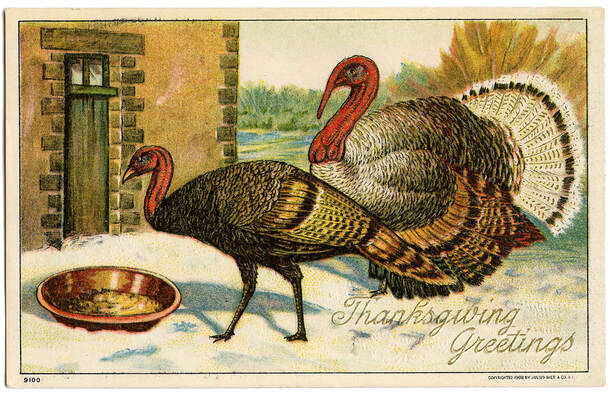
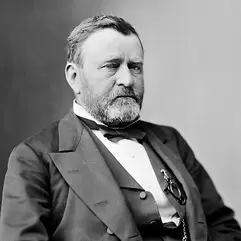
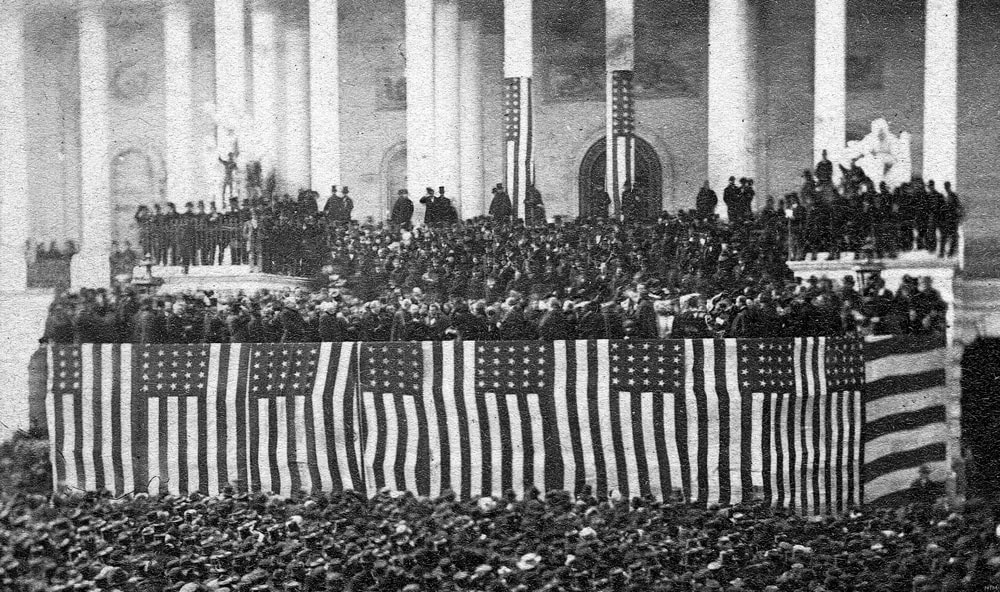
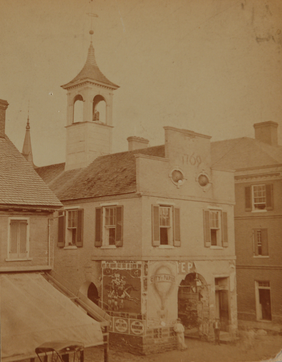
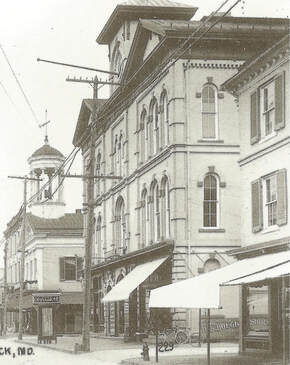
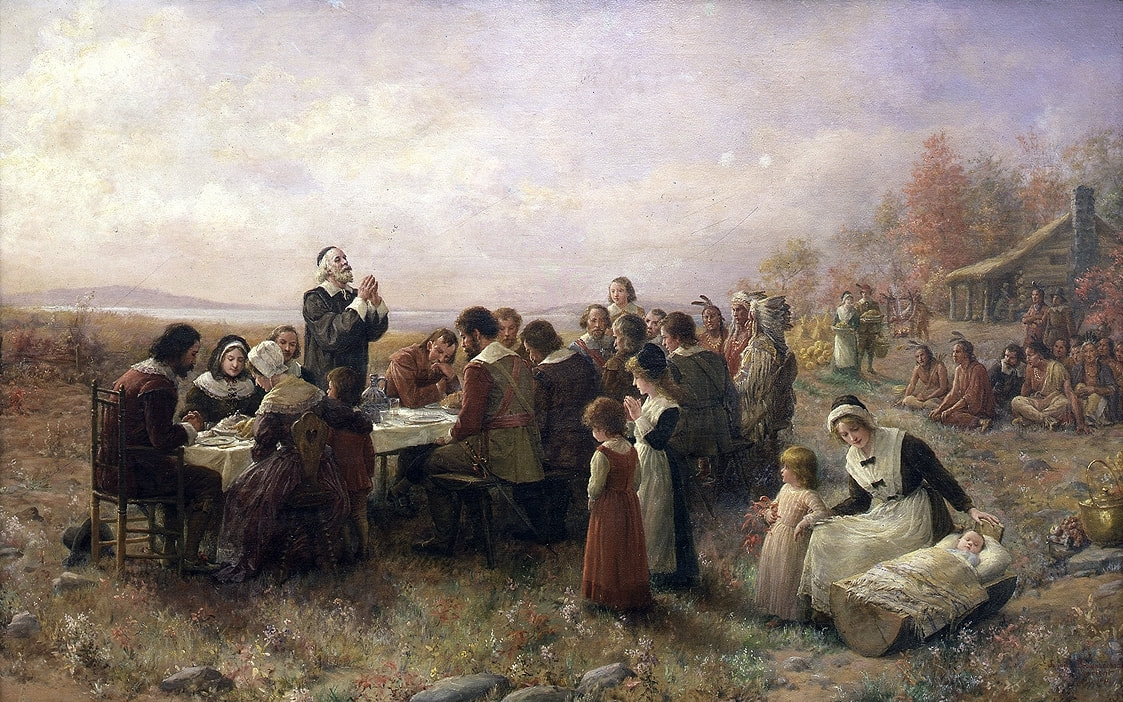
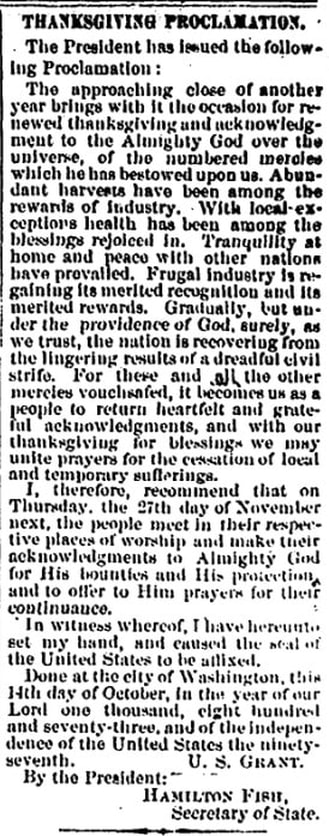
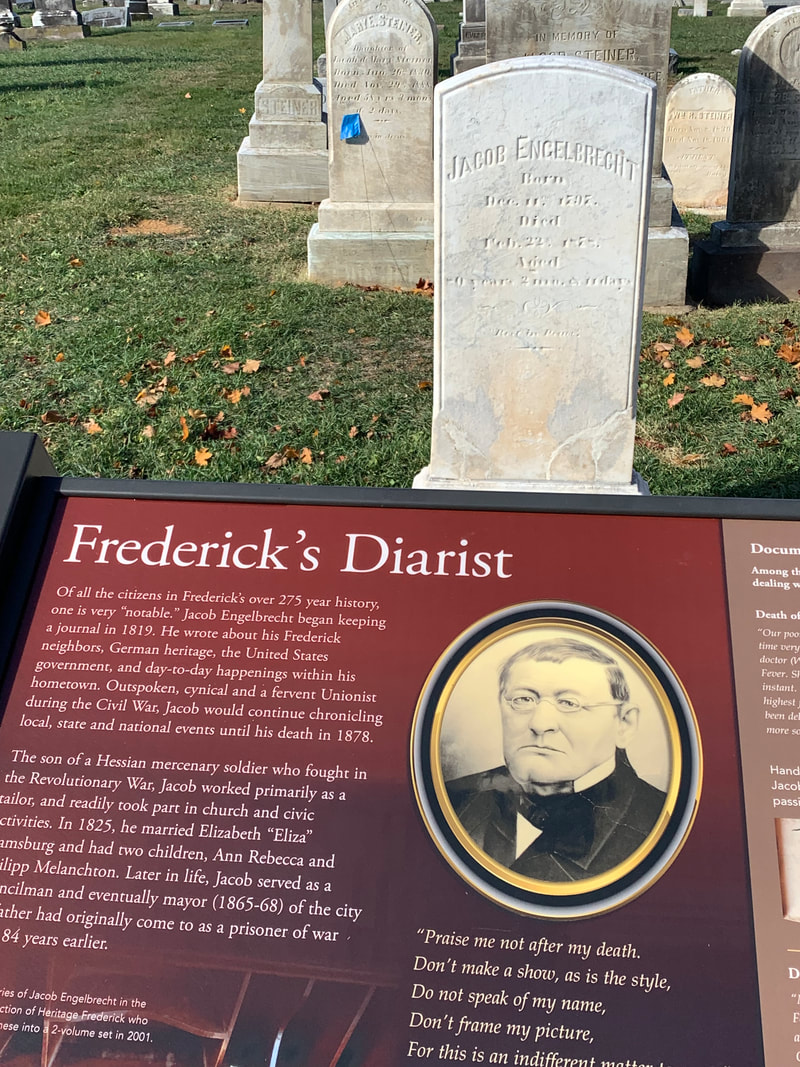
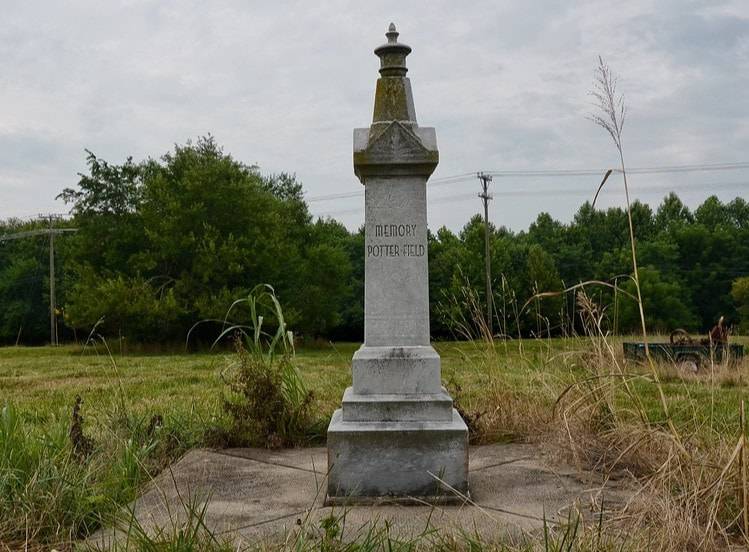
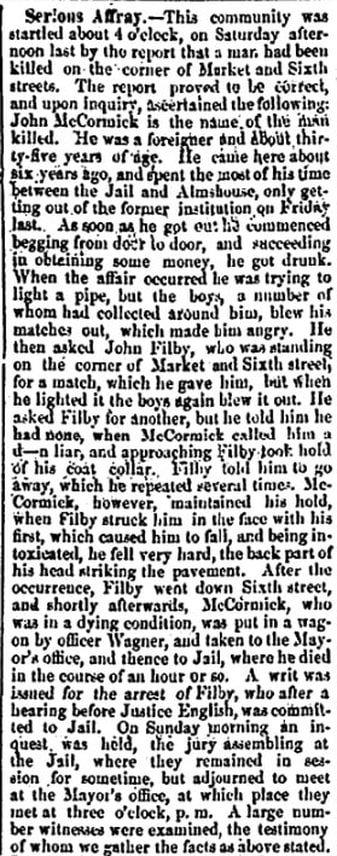
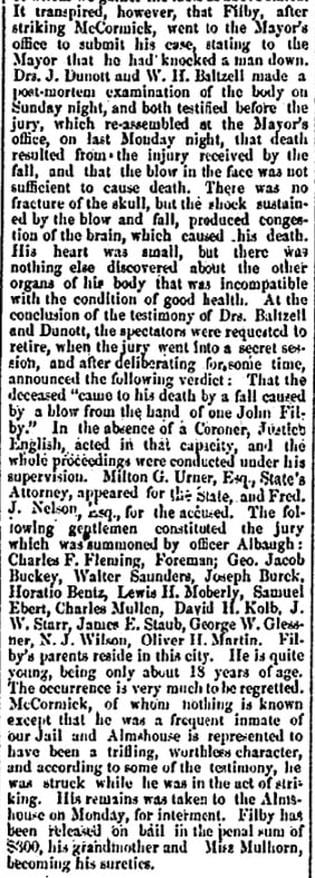






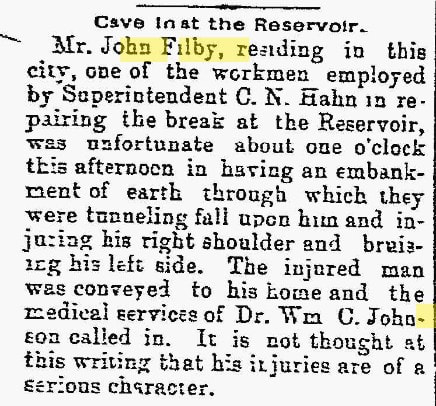
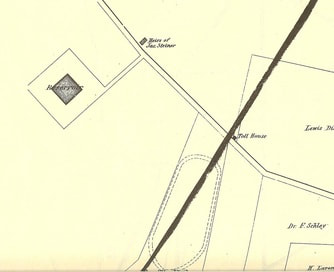


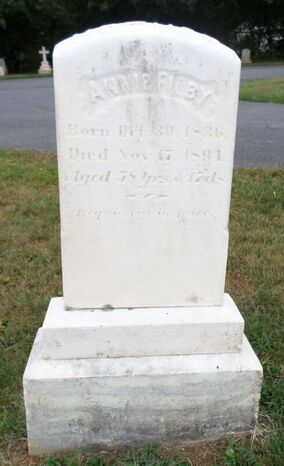

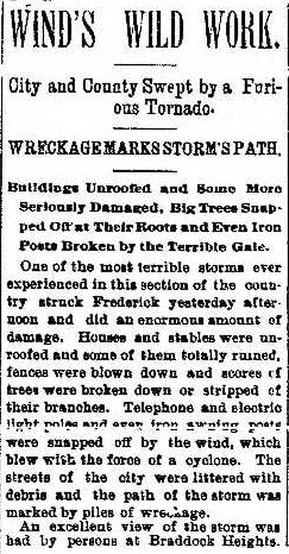
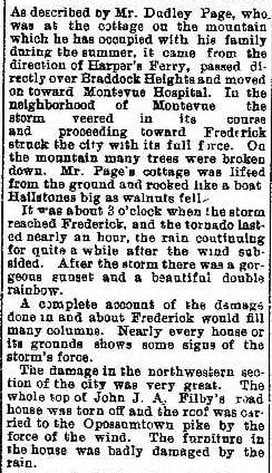
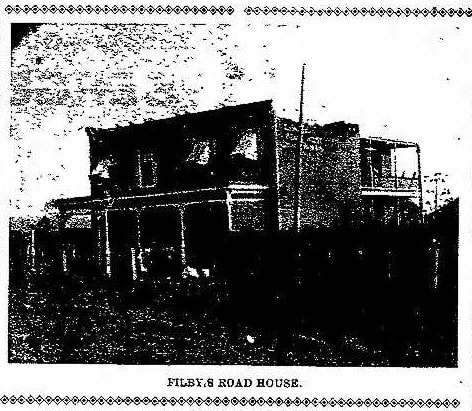
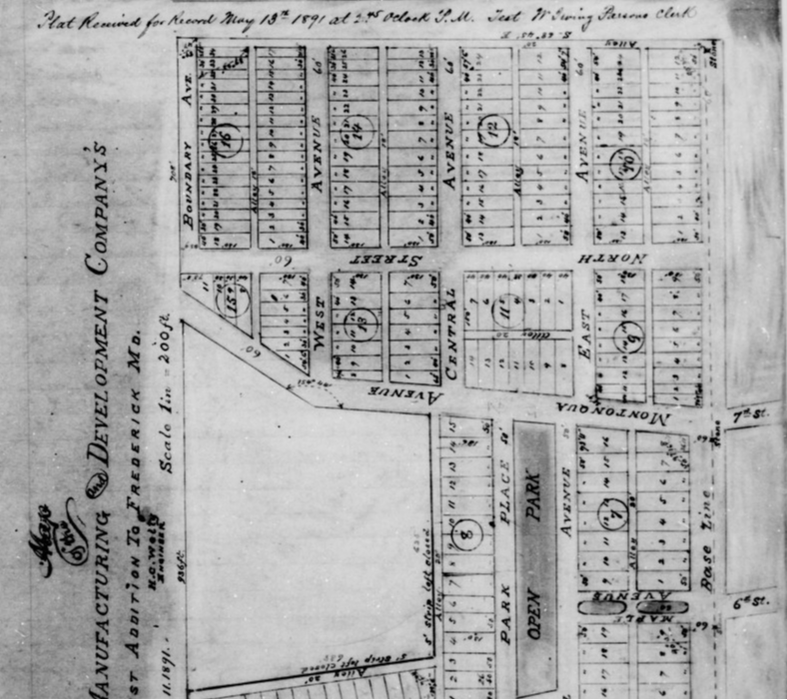
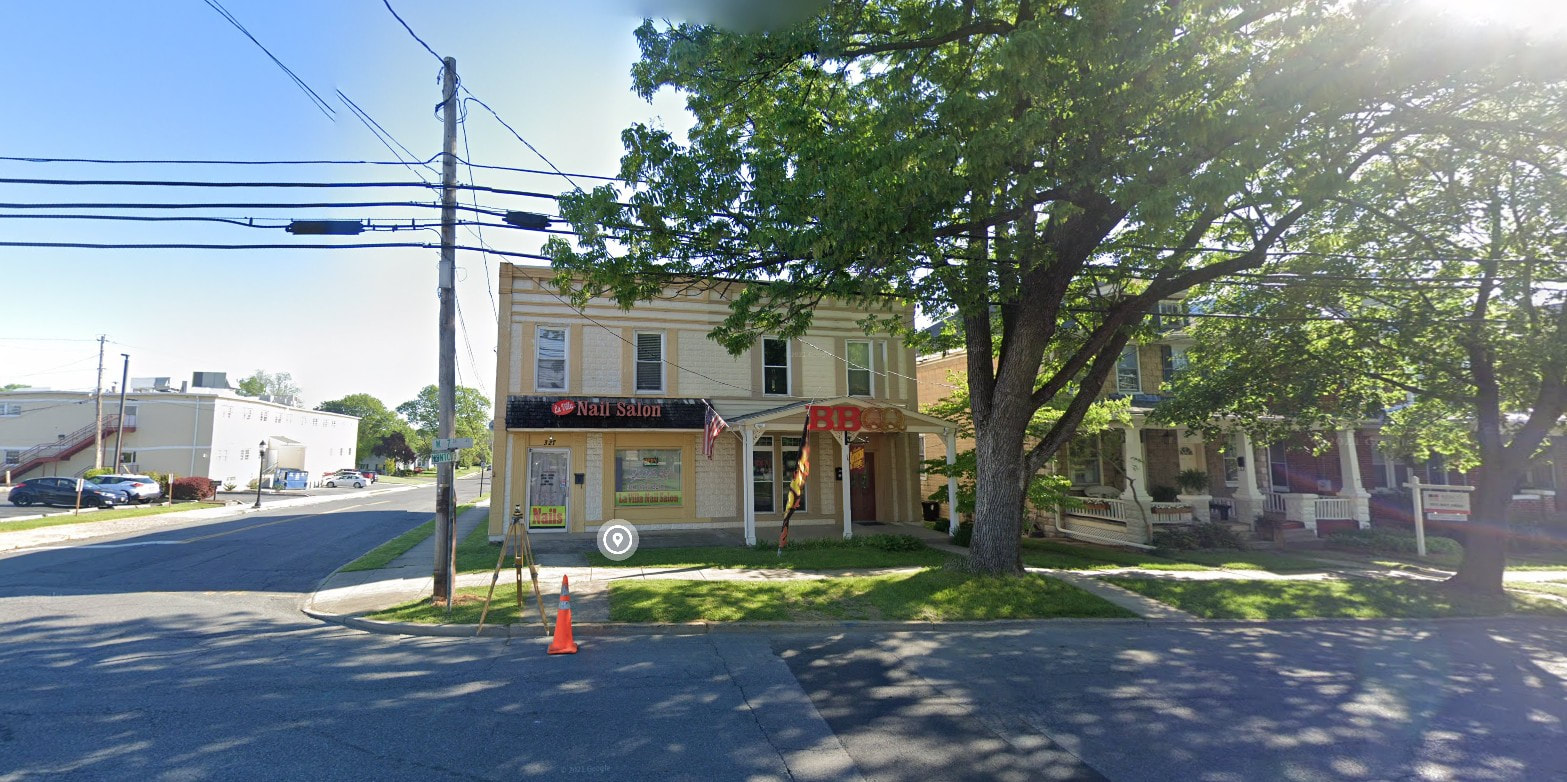

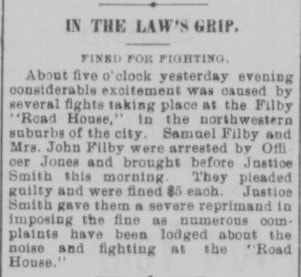
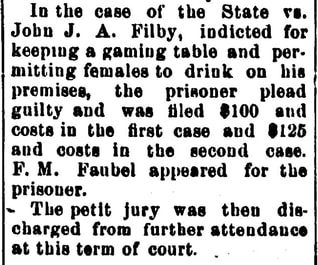


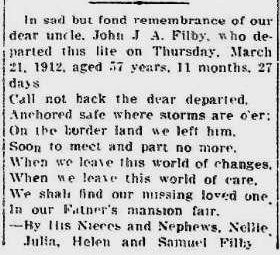
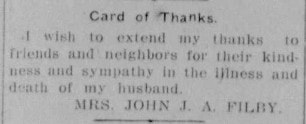
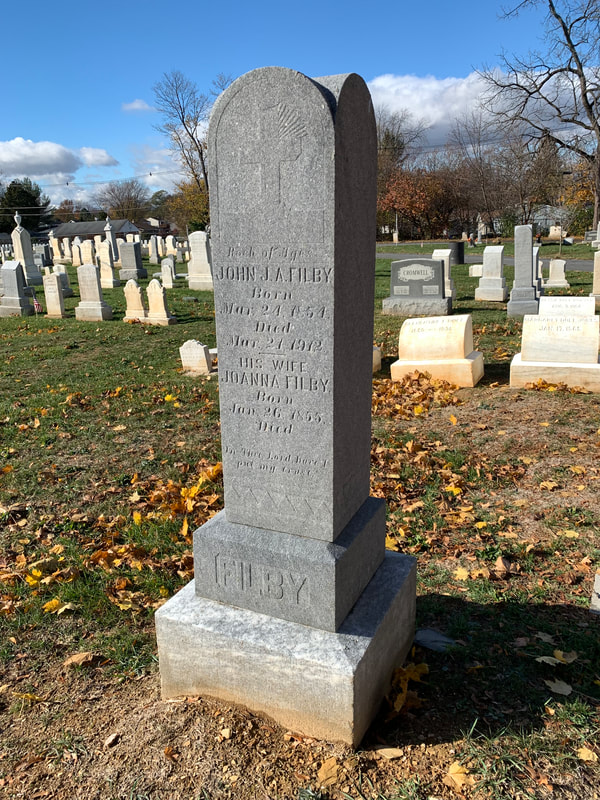
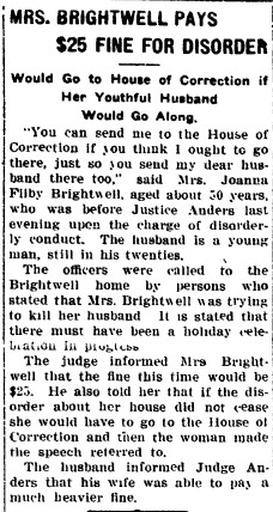
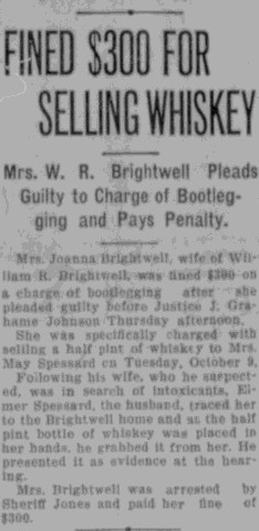

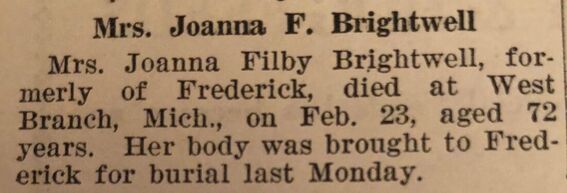
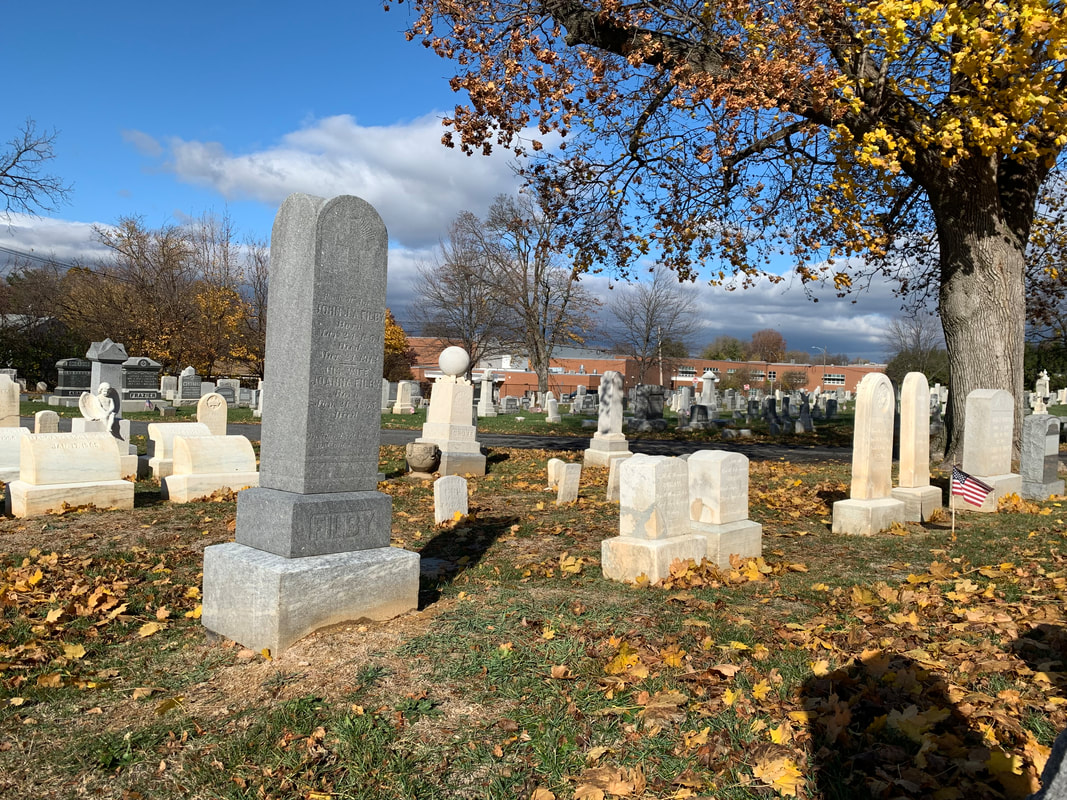
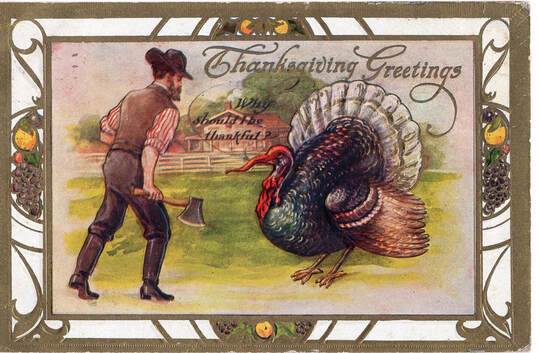

 RSS Feed
RSS Feed